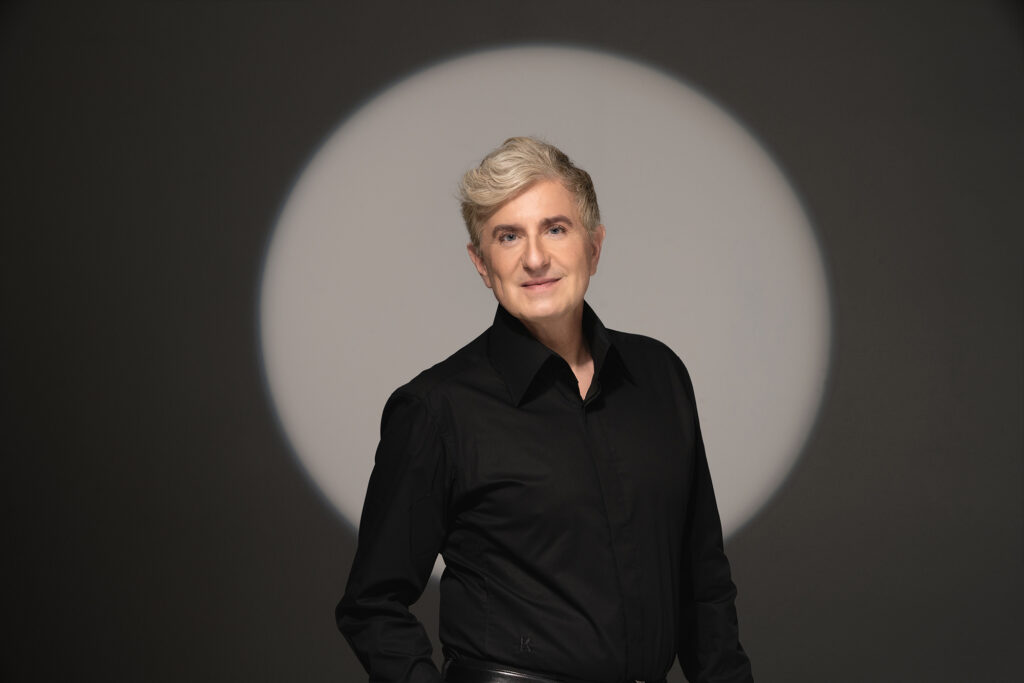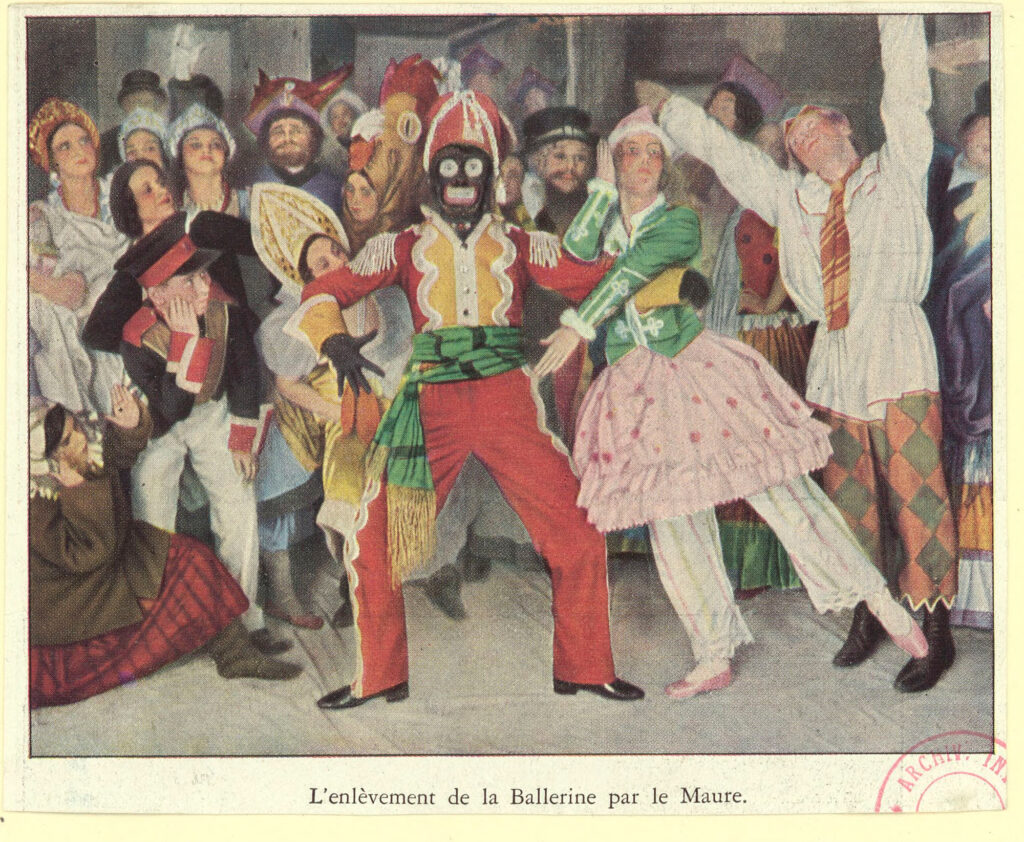
Jean-Yves Thibaudet plays the Khachaturian Piano Concerto © E Caren
Estonian conductor, Paavo Järvi, leads Amsterdam’s Concertgebouw Orchestra in a programme of music from Northern and Eastern Europe – the Dutch premiere of Vesper by Estonian composer, Ester Mägi, Khachaturian’s Piano Concerto, with soloist Jean-Yves Thibaudet, and Stravinsky’s ballet score for Petrushka.
The programme opens with Vesper, by Ester Mägi, known as “the first lady of Estonian music”. It is a poetic work for strings, inspired by St John’s Church in Tallinn. Although mainly known for writing chamber music and choral works, Mägi also wrote a symphony, but in the main, her works are based on themes, either borrowed from, or inspired by, Estonian folk melodies. Her choral songs are in the repertoire of numerous Estonian choirs and are regularly performed at Estonian Song Celebration concerts – the most important events in the country’s choral music calendar.

Conductor Paavo Järvi © KJM
Multi-award-winning Jean-Yves Thibaudet, regarded as one of today’s finest pianists, has from the start of his career, excelled in music encompassing jazz and opera – which he has transcribed for piano – as well as in the standard classical repertoire. Following Thibaudet’s performance of Ravel’s gorgeously jazzy Piano Concerto in G major, the Seattle Times wrote: “It’s hard to imagine this music emerging with more loving finesse and more exquisite detail”. Having performed 68 times with the Concertgebouw Orchestra, in Amsterdam as well as on tour in Europe, Canada and the United States, Thibaudet was Artist in Residence with the Orchestra during the 2015-16 season, and will return in September with Saint-Saëns’ Fifth (Egyptian) Piano Concerto under the baton of the orchestra’s chief conductor designate, Klaus Mäkelä.
With a lifelong passion for education, and fostering young musical talent, Jean-Yves Thibaudet is the first-ever Artist in Residence at the Colburn School in Los Angeles, and, having established a highly successful career on the stages of concert halls worldwide, and recorded more than 50 albums, he has played the soundtracks of a number of film scores, including that of the Oscar-winning film Atonement. Together with Gautier Capuçon, Jean-Yves Thibaudet is co-Artistic Advisor, of the Festival Musique & Vin au Clos Vougeot.
The Armenian composer, Aram Khachaturian, is probably best known for his Piano Concerto (1936), for his ballet Gayane (1942), for his symphonic suite Masquerade (1944) and for the ballet Spartacus (1953). As a young composer, he was influenced by Western music – particularly that of Maurice Ravel – but this was replaced by those of his Armenian forebears and those of Georgia, Russia, Turkey, and Azerbaijan. He is also known for composing the music for the Armenian national anthem, and wrote music for film scores and incidental music. In 1948, together with Dmitry Shostakovich and Sergey Prokofiev, Khachaturian fell foul of the Communist Party in Russia, but the Central Committee’s accusation was rescinded in 1958, Khachaturian having been named People’s Artist of the Soviet Union in 1954. In 1959 he was awarded the Lenin Prize
“Khachaturian’s Piano Concerto is something of a rarity in the repertoire,” says Jean-Yves Thibaudet. “Not because you have to work hard – it’s no more difficult than Rachmaninoff’s Third Concerto – but just because people don’t know it. …. This is a physically and technically demanding concerto. It’s just as heavy as a Tchaikovsky or Rachmaninoff concerto, with big cadenzas: two in the first movement, a huge one in the finale … so very bravura. Yet it also has very delicate writing, where a beautiful phrase arrives, and you’re just melting! It’s all so wonderful, and so exciting to play.”

Image courtesy Wikimedia Commons
Igor Stravinsky wrote the ballet and orchestral concert work, Petrushka in 1910-11, for the Paris season of Sergei Diaghilev’s Ballets Russes in that year. It was premièred in Paris at the Théâtre du Châtelet on June 13, 1911, under conductor Pierre Monteux, with original choreography by Mikhail Fokine and sets by Alexandre Benois, who also assisted Stravinsky with the libretto. The title role was danced by Vaslav Nijinsky.
Petrushka, a centuries-old character in Russian folk puppetry, is the quintessential trickster – the clown that makes you slightly uncomfortable. As Stravinsky wrote in a letter: “… my Petrushka is turning out each day completely new and there are new disagreeable traits in his character, but he delights me because he is absolutely devoid of hypocrisy”. The story tells of three puppets – Petrushka, the Moor and the Ballerina – at a Shrovetide Fair, who come to life as the Magician touches them with a flute. Petrushka is in love with the Ballerina, who – although she flirts with him and teases him – only cares for the Moor. Petrushka, having been banished to his cell, breaks free and jealously attacks the Moor who beats Petrushka and fatally stabs him, as the horrified crowd looks on. A policeman is called and the Magician holds up Petrushka’s ‘corpse’, showing that it is only a puppet. The crowd disperses and the Magician is left alone on the stage, but suddenly, Petrushka’s ghost appears above the puppet theater, and the terrified Magician flees. The line between the perceived illusion of the puppet show and ‘reality’ vanishes.

The Concertgebouw Orchestra under the baton of chief conductor designate Klaus Mäkelä
Paavo Järvi leads the Concertgebouw Orchestra and Jean-Yves Thibaudet in a programme of music by Ester Mägi, Khachaturian and Stravinsky, from April 30th to May 2nd. Further information and details of ticketing can be found on the Concertgebouw Orchestra website.
Information sourced from:
Concertgebouw Orchestra programme notes
Ester Mägi
Jean-Yves Thibaudet
Khachaturian
The Petrushka website

Leave a Reply